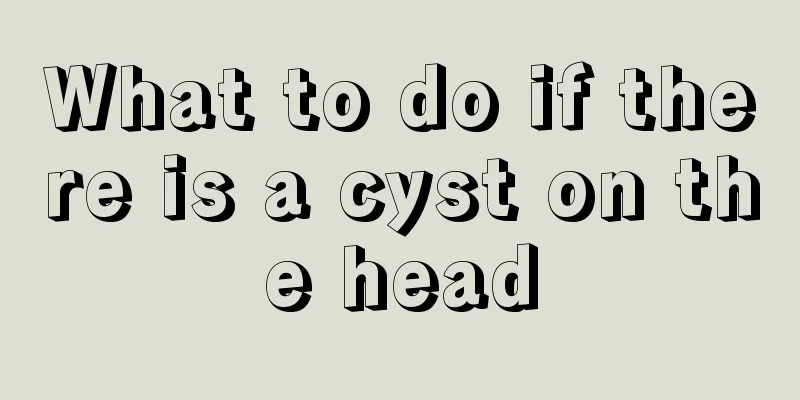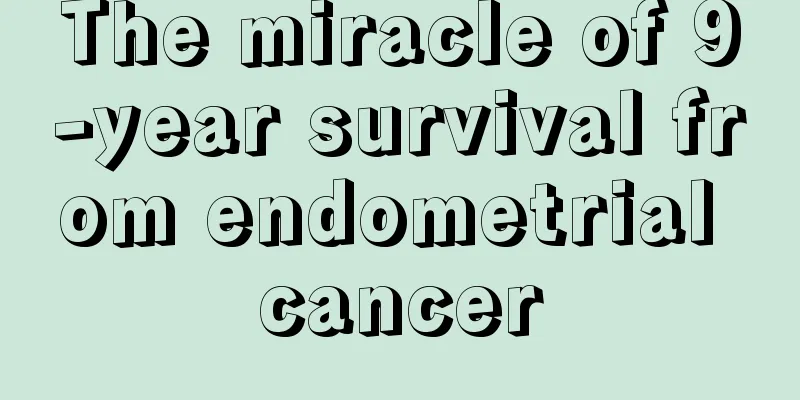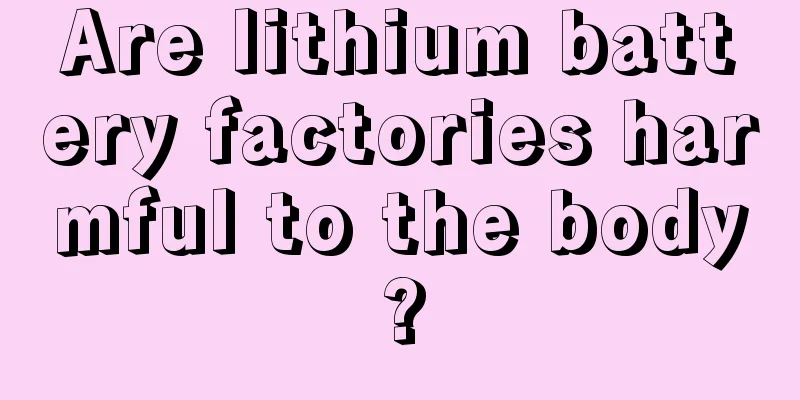What to do if there is a cyst on the head

|
Cysts can appear in different organs of the body, such as liver cysts, kidney cysts, ovarian cysts, etc. Among them, there is a type of cyst that appears in the skull or on the scalp, which is called intracranial brain tissue cyst or scalp cyst. If the cyst grows on the scalp, it is sufficient to remove the lesion. If it is inside the skull and the cyst is relatively large, and the patient has symptoms such as nausea, vomiting, and headache, then a craniotomy is required. 1. What is the cause of the cyst on the head? If the cyst is on the scalp, the cyst can be removed. After surgery, the tumor was pathologically examined to confirm the diagnosis. If it is an intracranial mass, it can be treated with craniotomy, which is the best option. A large cyst will cause compression symptoms, so there will often be headaches, dizziness, epilepsy, etc. It depends on the size of the cyst. If it is relatively large, surgical treatment is required. On the one hand, surgical treatment can be used, and on the other hand, the nature of the pathology can be clarified. Drug treatment is ineffective, so surgical treatment is generally the first choice. This treatment is the most direct and effective. Intracranial surgery is technically difficult and relatively expensive, and the costs vary depending on the condition and in different levels of hospitals. 2. What is a brain cyst? Brain cysts generally refer to arachnoid cysts, which are bag-like structures formed by cerebrospinal fluid-like cysts surrounded by the arachnoid membrane. There are two types: congenital and secondary. The former is the most common arachnoid cyst, and the latter is caused by intracranial inflammation, craniocerebral trauma or after surgery. 3. Clinical manifestations of brain cysts The clinical manifestations are related to the location of the cyst. Common locations include: lateral fissure, pontocerebellar region, temporal pole, quadrigeminal region, cerebellar vermis, sellar region and suprasellar region, between bilateral hemispheres, cerebral apophysis, slope, etc. Most lesions show symptoms in early childhood, including: symptoms of increased intracranial pressure, such as headache, nausea, vomiting, drowsiness, etc.; epilepsy; skull bulge; space-occupying effect causing local symptoms or signs. Suprasellar cysts can also manifest as hydrocephalus, developmental delay, precocious puberty, visual impairment, etc. The condition worsens due to cyst rupture and bleeding into the cyst or subarachnoid space. 4. Brain cyst treatment Arachnoid cysts without mass effect or mass do not require treatment regardless of their size or location, but they should be followed up regularly. Surgical treatment is mostly used for patients with symptoms and cyst tension. Surgical methods include cyst-peritoneal shunt, endoscopic cyst drainage and cyst wall resection, and craniotomy to remove part of the cyst wall to connect the cyst to the surrounding brain cisterns. |
<<: What is the correct way to clean your ears
>>: I used to be very thin but now I am getting fatter and fatter
Recommend
Psychological characteristics of sentimental people
Personality is innate to each person and is ultim...
What is the appropriate mineral content in water?
Our daily life activities require a variety of nu...
How long is the life expectancy of patients with rectal cancer
Many cancers deprive patients of their lives. The...
What to do if your face becomes red and allergic to sunburn
In the hot summer, the sun is closest to the eart...
How long after a meal can I take a shower
Many people have heard that a person cannot take ...
How to remove grease in the kitchen
The place with the most oil in people's homes...
Can I take a shower right after the infusion?
Infusion is a very common treatment method in med...
Foods that clean and soften blood vessels
In recent years, the incidence of thrombosis has ...
Is sodium harmful to the body?
Sodium is one of the trace elements that our huma...
The main causes of ovarian cancer
Among the many cancer diseases, the high incidenc...
What foods can lower blood pressure?
The course of hypertension lasts for a relatively...
Can bilateral breast cancer be cured?
Cancer is a disease that people in modern society...
Small needle knife to treat femoral head necrosis
Femoral head necrosis is not unfamiliar to many p...
What are the methods of reducing blood lipids in traditional Chinese medicine
People's living conditions are getting better...
Is it good to wash your face with hard water?
The water quality in each region is different due...









